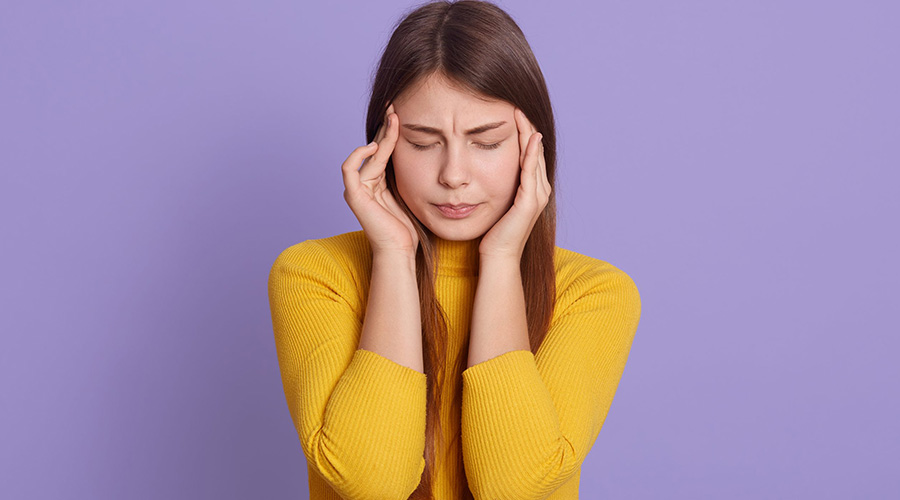Salt therapy – All you need to know
- 24 Feb - 01 Mar, 2024

Many people turn to over-the-counter pain medications to get rid of a headache, but it can be possible to relieve a headache without medication. For example, relaxation techniques, acupressure, or warm compresses are all home remedies that can help combat headache symptoms and give you some relief. Here's what you should know about headaches and how to treat the symptoms naturally.
Tension headaches, which are those related to stress, are the most common form of headache, causing misery to those already feeling anxious or under pressure. One of the major pressure points for relieving headaches is in the fleshy mound between your thumb and forefinger, where the two bones meet. Make a pincer movement with your forefinger on that point and your thumb on the corresponding point on the other side of the hand and squeeze for a minute, and then do the same on the other hand. It’s often quite tender.
We all know spritzing lavender on our pillow can help us sleep, but new research has shown that lavender oil can help treat headaches and migraines, too. One study concluded that inhaling lavender essential oil may be an effective and safe way to relieve migraine pain. While another study showed that after a three-month period, participants using lavender reported a reduction in the frequency and severity of their migraines.
Magnesium deficiencies can often cause headaches and migraines, and they’re actually a lot more common than you think. Research has found that during a migraine or headache, the quantity of magnesium in the brain is temporarily reduced, which can be really problematic if we don’t have enough to begin with. For that, we recommend eating plenty of wholegrains, fatty fish, banana, nuts, seeds and legumes.
Before you reach for the paracetamol, you might want to put the kettle on. Ginger tea, in powder form, has been found to have the same effect as many over-the-counter migraine-relief tablets. Drink up!
Ever held a cold wet flannel to your headache-laden brow? Then this one’s for you. As well as helping to rejuvenate skin, applying coolness to key pressure points such as the eye sockets, the temple, behind the ears, and the base of the skull can help reduce headaches and migraines, too.
When you hear two tones, one in each ear, that are slightly different in frequency, your brain processes a beat at the difference of the frequencies. This is called a binaural beat. Your brain then, in an attempt to make sense of this, creates an illusion of a third beat. Think of it as an optical illusion for the ears. This creates a sense of calm and relaxation, and with most headaches being stress-related, this is a free and non-invasive way to elevate a headache.
Did you know, frequent headaches may be a sign that you’re vitamin D deficient? A study found that people experiencing headaches – and specifically migraines – have lower vitamin D levels than ‘healthy’ people. If this sounds like you, increase your time spent outside in daylight, even in winter.
If your eyes aren’t working too well together, that could cause headache symptoms. Try covering one eye, it doesn’t matter which, and see if your headache eases. If it does, that might indicate that the problem is caused by your eyes trying to work together. If you haven’t had a recent eye examination, we’d recommend you see your optometrist, especially if the headache follows being on the computer, driving or watching TV for a long spell.
You have a thick muscle down the side of your neck called the sternocleidomastoid muscle, or ‘SCM’. It runs from just behind your ear towards the front of your neck and is attached to your clavicles. Very often we find that the muscle gets quite tight in people who suffer from headaches. It’s the major muscle that turns your head from one side to the other. Find it by slowly turning your head – it’ll stand out – and gently massage the muscle all the way down from behind your ear to the front of your throat, addressing one side of your body at a time.
COMMENTS